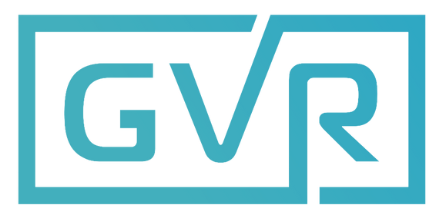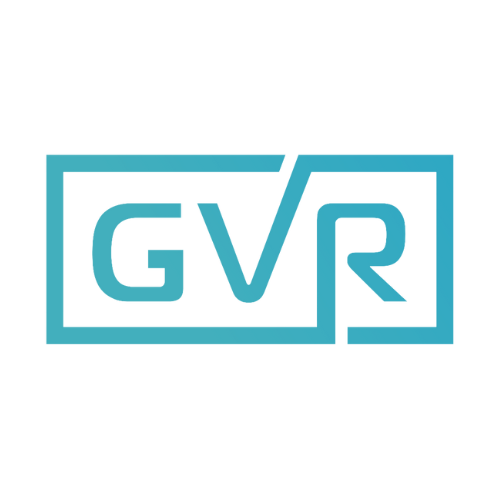DEEP VISION
for fisheries
Catch more valuable fish
Release bycatch and undersized fish
Fish more efficiently and sustainably
Become more profitable
For more efficient and sustainable fishing
Deep Vision is an advanced subsea vision system that identifies and measures fish underwater in realtime. A Deep Vision subsea camera attached to the trawl makes it possible to identify and measure fish for the first time without bringing the catch onboard. Marine researchers have already found Deep Vision invaluable and the unique system will be launched to the commercial fishing industry in 2024.
During a haul, fish and organisms passing through the trawl are photographed by the stereo camera. Using Deep Vision software, species are registered and lengths are measured automatically. Furthermore, images are logged with depth and time information.
The figure below shows how GPS and echosounder data can be used to locate fish along a haul relative to the water column.
Key Functionality
Be informed in realtime of type and size of fish entering the trawl
Combine realtime fish echo sounder and fish imagery data from the trawl
Keep the valuable fish and release bycatch and undersized fish
Key Benefits
Improve catch value
Release bycatch and undersized fish
Trawl more efficiently and reduce fuel consumption
Fish more sustainably
Maximized information about trawl and catch
The analysis of historical data about the catch can help in planning future hauls. In order to enhance trawl control, Deep Vision can be integrated with echo sound data and data from SYM 7 Autotrawl symmetry control. These systems combined will provide the skipper with the best possible information about the catch and trawl both in real-time and historical.
Once the haul is over, the skipper will be able to analyze the logs from the combined systems to determine when and where the best catch occurred, how the trawl was positioned and behaved, the vessel speed and trawl movements, as well as the distribution of catch rates and species.
Main Components
The system consists of the following main components:
STEREO CAMERA
Takes photos of all fish entering the trawl
ECHO SOUND
Combining Echo sounder and image data provides deeper knowledge of type, size, and volume
ANALYSIS SOFTWARE
Optimizes images from challenging conditions and analyzes species, size, and location of fish.
ACOUSTIC LINK
Transfers statistical data about the catch to the vessel in realtime. No cables needed.
CATCH OR RELEASE UNIT
Decide which catch to keep and which catch to release. (To be further developed)
-
A subsea unit with a stereo camera, lights, battery, and acoustics will attach to the trawl net. The system will take photos of the fish that swim into the trawl. Statistical data about the species and size of fish will be transmitted acoustically to the vessel. Once onboard, the images can be transferred to the Deep Vision bridge unit and data about the catch composition of the haul further analyzed for an improved future catch or exported for reporting.
-
Deep Vision will make fishing more sustainable and profitable. It will make it possible for the skipper to take a qualified decision about what to catch based on information from Deep Vision about species and size. This will reduce bycatch, discards, and fuel consumption due to more efficient fishing operations. The value of the quotas will also be maximized as the skipper can target the size of fish that pays the maximum.
-
No, the Deep Vision subsea unit will attach to the trawl net like any other sensor. Information about the catch composition will be transmitted acoustically directly to the skipper on the bridge. Once onboard, the subsea unit will be docked for charging and transferring images to the deck unit.
-
Yes, using data from both Deep Vision images and echo sounders will really maximize the information available to the skipper and help interpret acoustic data when ambiguous.
-
Deep Vision's system for commercial fisheries will be available for sale in 2024.









